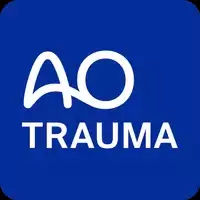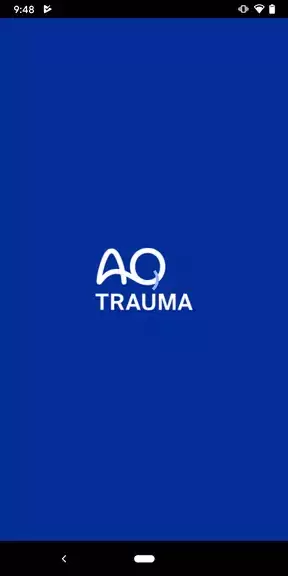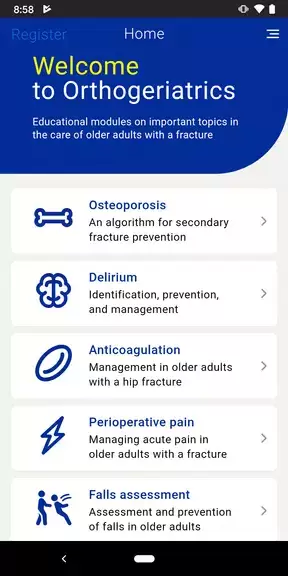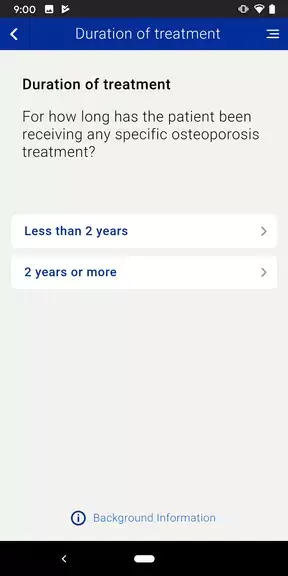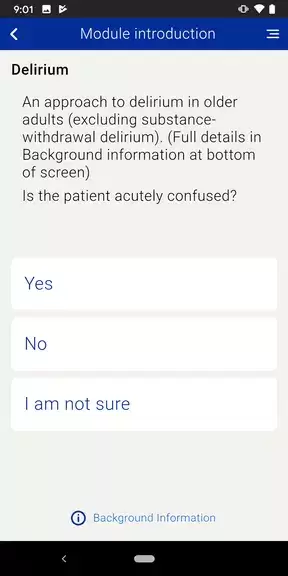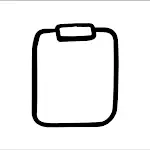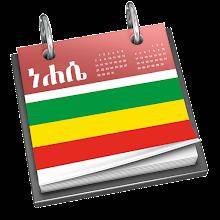AOTrauma Orthogeriatrics: A Vital Resource for Healthcare Professionals
This app is an indispensable educational tool for healthcare professionals treating older adults with fragility fractures. Primarily designed for surgeons and surgical trainees, it provides in-depth coverage of crucial topics including osteoporosis management, delirium prevention and treatment, anticoagulation strategies, perioperative pain management, and fall prevention techniques. This updated version offers improved navigation and a more intuitive user interface for easier access to essential information.
Key Features:
- Comprehensive Coverage: The app addresses five key areas in the medical management of fragility fractures in older adults: osteoporosis, delirium, anticoagulation, perioperative pain, and fall prevention. This makes it a highly valuable resource.
- Targeted Audience: While specifically geared towards surgeons and surgical trainees, the app's content benefits other physicians and healthcare professionals involved in the care of these patients.
- Educational Focus: AOTrauma Orthogeriatrics serves as a powerful educational tool, delivering current information and resources to support informed medical procedures and clinical decision-making. Regular updates ensure access to the latest advancements.
User Tips:
- Stay Current: Regularly check for updates to benefit from the most recent information and resources.
- Efficient Search: Utilize the app's search function to quickly locate specific topics.
- Interactive Learning: Explore multimedia features, such as videos and interactive tools, to enhance understanding.
Conclusion:
AOTrauma Orthogeriatrics is a critical resource for healthcare professionals managing older adults with fragility fractures. Its comprehensive scope, targeted content, and user-friendly design make it an invaluable tool for enhancing clinical practice and improving patient outcomes in this specialized field. Download Orthogers today to stay informed and improve patient care. Remember, this app is for educational purposes and should not be used for making individual patient diagnoses or treatment decisions.

